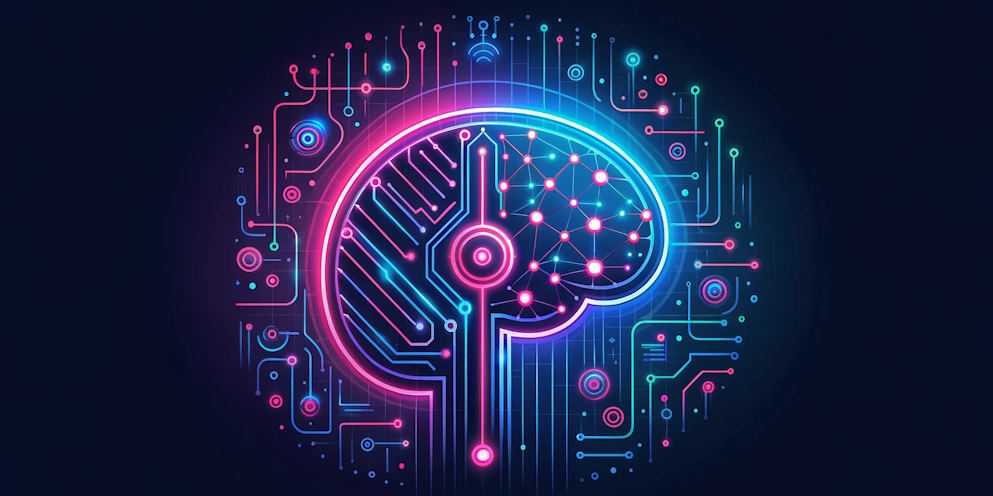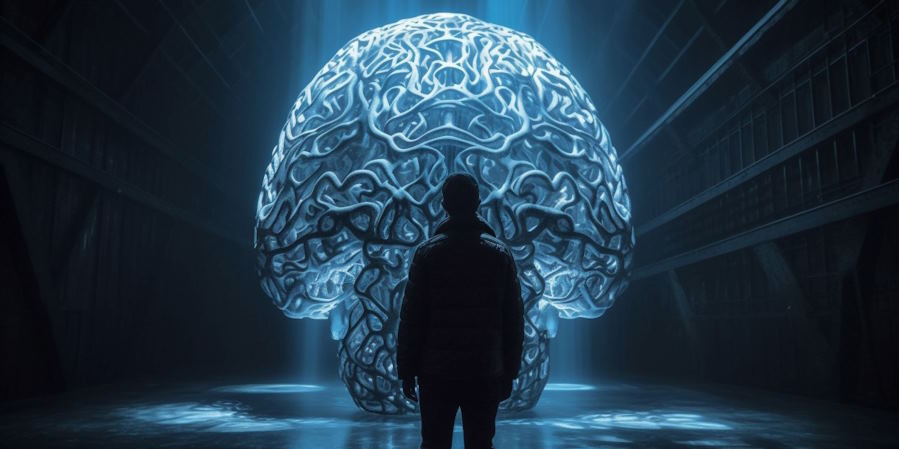- 16/03/2024
- Category: Neuroethics

Neuroimaging technologies that evaluate players’ cognitive activity might be helpful for gaming research, especially player experience research. Studies on how EEG and other neuroimaging techniques evaluate elements of player experience like difficulty, engagement, or stress are examples of this synergy. Researchers simulate attention, memory, decision-making, and other mental processes through games. These interactive settings enable real-time data collection and analysis of player actions and brain research is reshaping the gaming landscape. Additionally, through neurofeedback training, games provide the opportunity to practise managing their brain activity.
Gamification and Neuroscience Combined in Education
A developing field in the fields of health and education is the integration of neuroscience with digital technology. Innovative games designed to train cognitive skills, such as “Skylar’s Run,” are a prime example of this integration. These games serve as a therapeutic aid entertainment by enhancing cognitive capacities essential for daily tasks and preserving overall brain health.
These wearable games provide an innovative way to learn, using things like brainwave monitoring headsets. Like a cap, they are inconspicuous and passive, yet they manage to engage with the player’s brain processes functionally. Games have the potential to meet the specific demands of gamers for growth, hence personalising healthcare. These neurological breakthroughs steering the future of gaming systems optimise human progress by accommodating varying learning methods and speeds with real-time feedback.

Neurogaming’s Prospects for the Future
New Developments in Neurogaming
Neurogaming is a fast-moving discipline with some developments coming up. One such development is the potential for genuinely immersive gaming experiences through BCIs with virtual and augmented reality. Furthermore, neurogaming has advanced through machine learning and artificial intelligence, which enable more accurate brain signal interpretation and responsive gameplay.
Opportunities and Difficulties in Neurogaming
Neurogaming has tremendous promise, but it’s not without difficulties. Deciphering brain impulses is challenging, and the technology isn’t flawless. Key concerns include consistency and accuracy. But there are many chances in this industry as well. Neurogaming has the potential to advance and present new chances in the advancement of AI and machine learning technology.

The Revolutionary Combination of Neuroscience and Technology
One of the most neuroscientific insights drive gaming evolution developments in the rapidly changing fields of technology and healthcare is the incorporation of neuroscience into the digital sphere, especially with the creation of brain-training video games. These activities improve cognitive ability in both adults and children. With this, developers of video games may create personalised, enjoyable experiences that could strengthen or repair certain brain functions. The objective is to positively impact people’s lives by emphasising growth and advancement through an innovative and captivating approach.
